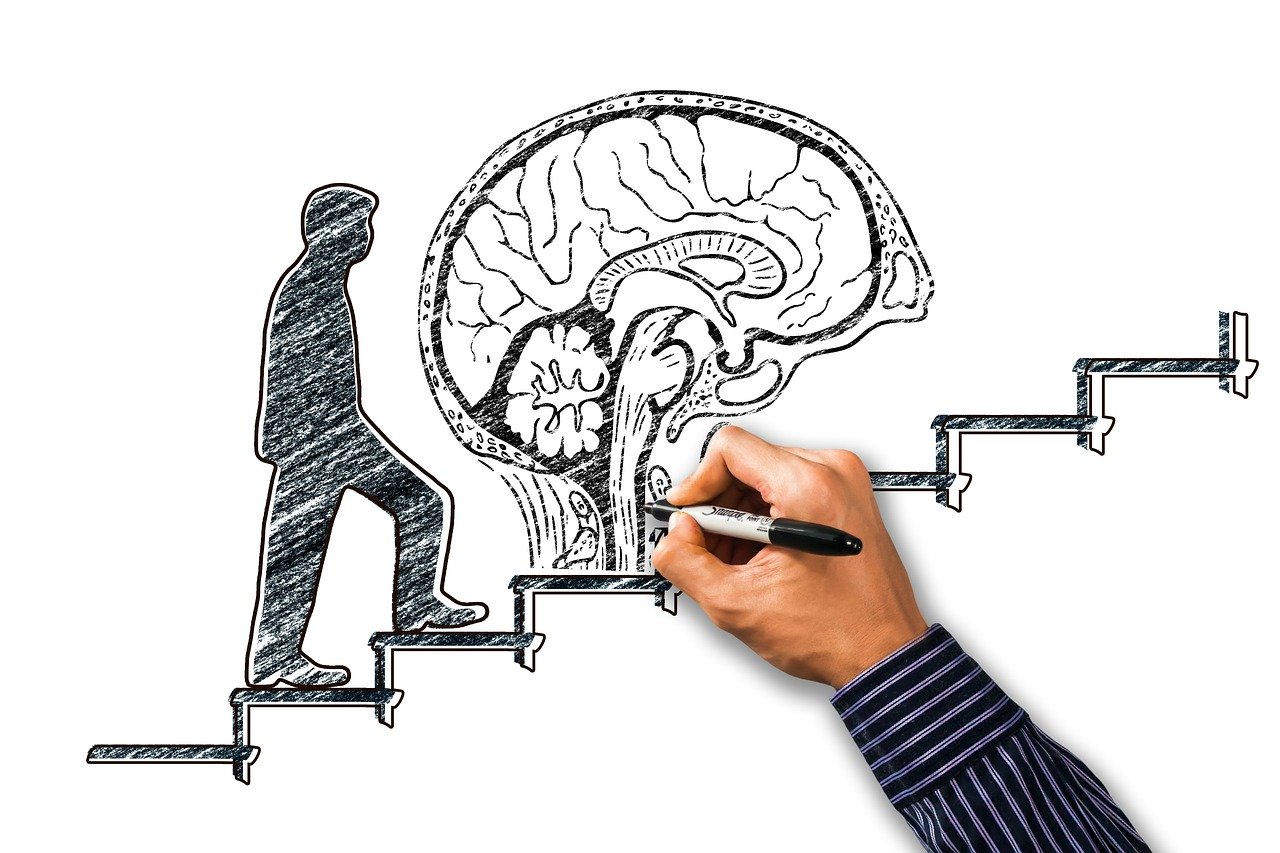Have you heard of The Valuable 500?
It’s a global business partnership for disability inclusion with 500 multinational companies. While social awareness of disability inclusion has increased, businesses are still not adequately represented in diversity and disability inclusion and we want to change that. Partnering with over 500 companies, including Apple, BBC, Google, Microsoft, P&G, L’Oréal, Sony, and more, we aim to close the gap between disabled and non-disabled people. The Valuable 500 is based on the belief that if companies lead the way in disability-friendly behavior, society and governments will follow. We believe that inclusive leaders create inclusive businesses, which in turn can create an inclusive society, and together with our many partners, we will accelerate and scale this impact.
Learn more about The Valuable 500

But what’s really happening in practice? Let’s take a look at the disability-friendly policies in place at companies participating in The Vauable 500, with a focus on disability employment and accessibility.
Google is one of 13 iconic companies participating in The Valuable 500. At Google, we strive to build a culture of belonging that empowers people to do their best work. We seek a community for all, where people with diverse perspectives, backgrounds, and experiences come together to represent each other. We’re also committed to strengthening our focus on people with disabilities in the workplace and helping to build better recruiting, hiring, and environments for our communities.
Hiring
We focus on the fact that people with disabilities can be great Google employees and Googlers. We intentionally look for people with different characteristics because we believe that people with diverse backgrounds and experiences enrich our company. They bring fresh perspectives to help us make our products and services accessible to people around the world. It gives them a sense of belonging and allows Google to understand the needs of its global audience.
Google has a career site. It has a page dedicated to hiring people with disabilities and actively recruits people with disabilities, with information about what it means to hire people with disabilities, job searches for people with disabilities, and interviews with people with disabilities about their stories of coming to work at the company. The company also hires people in science, technology, and engineering to develop technologies that prioritize accessibility. In an interview, Senior UX Researcher Jerry Robinson, who has cerebral palsy, said he was interested in accessibility because he lives in a world that is not designed with people with disabilities in mind. Jerry, who has a PhD in science and wrote his dissertation on accessible design, said he is honored to be able to help Google fulfill its mission by developing AI apps for people who are blind or have low vision.
He also runs the gReach program for college students with disabilities and early-career professionals with disabilities. It provides opportunities for participants from underrepresented groups to pursue careers as professionals. They are placed in real business teams ranging from marketing, data, engineering technology, and more, where they are exposed to job opportunities and hone their professional skills through participation in large-scale projects, completion of small projects, and day-to-day tasks.
Disability Alliance
The Disability Alliance is an employee resource group (ERG) for Google and Alphabet employees who are interested in disability, learning differences, special needs, and neurodiversity for themselves, their children, relatives, or friends. The Disability Alliance community plays a vital role in Google’s disability inclusion efforts. Founded by Googlers in 2012, it’s a community where employees address disability-related topics in order to create innovative and inclusive teams, products, and workplaces. It also serves as a forum for diverse input as we design our products, workplaces, and culture. The Disability Alliance also has many topic-specific groups, such as chronic health conditions, caregivers and their needs, parents of children with disabilities, wheelchair users, and more.
The Disability Alliance also helps improve the way Google addresses disability inclusion issues by participating in awareness-raising activities at all levels of the company. For example, the Disability Alliance participates in the planning of the annual Global Accessibility and Disability Inclusion Week to educate, inspire, and engage employees and raise awareness for the more than 1 billion people with disabilities around the world. In 2019, more than 12,000 Googlers participated in more than 250 activities across 44 offices, including product demos, technical talks, discussion panels, social events, and awareness activities.
Assistive technology
From physical to digital spaces, Google is committed to making technology more accessible to people with disabilities without barriers. We include the ability to show “accessible places” on our maps, so you can see wheelchair-accessible doorways, seating, restrooms, parking lots, and more. We also research and develop technologies for people with visual and hearing impairments, such as the ability to subtitle live conversations, automatically filter out background noise, and read the names of objects on camera. We invest in building and implementing products with accessibility in mind from the beginning of the product and application development process. Good accessibility not only makes life easier for people with disabilities, large and small, but it also improves the quality of life for people without disabilities. Through continuous feedback and annual reports, we strive for accessibility for all.
Closing thoughts
Google owns many platforms used by the world’s population. It’s a search engine, artificial intelligence, social networking service, video platform, internet browser, and more. The actions of these deeply embedded global giants have a profound impact on society beyond their own culture. The Valuable 500 helps these companies create policies and cultures that are oriented toward disability inclusion. We want to improve the way people with disabilities are viewed in the job market and close the gap between them and people without disabilities. Global giants should serve as good models for disability inclusion.
References
The Valuable 500 (https://www.thevaluable500.com/)
Google Careers (https://www.google.com/about/careers/applications/programs/people-with-disabilities/)
logo image (https://blog.google/press/)

![You are currently viewing [The Valuable 500] Disability-Friendly Policies Through the Eyes of Google](https://knda.ne.kr/wp-content/uploads/2024/05/제목을-입력해주세요_-001-1.png)


